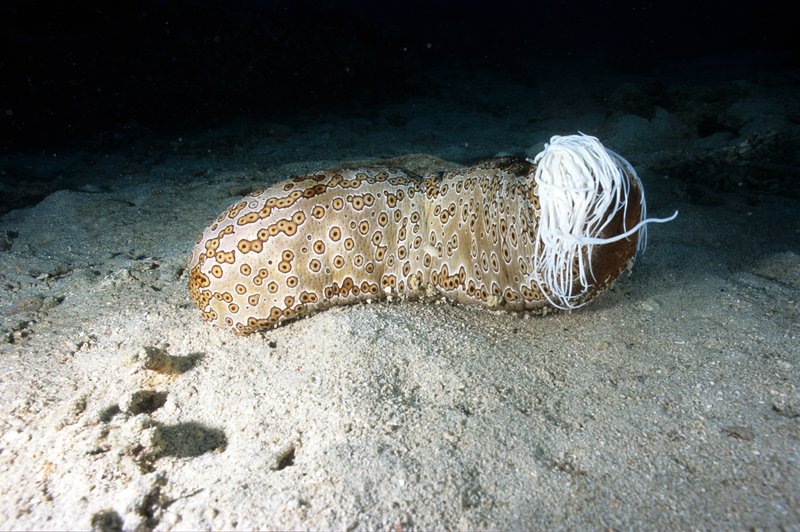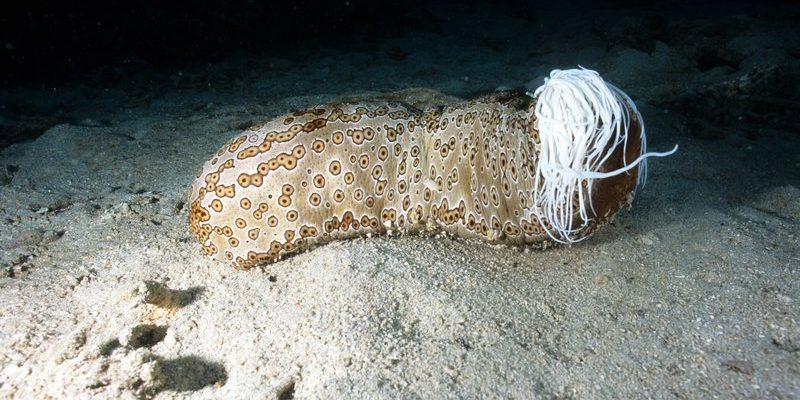
To dive deeper into this topic, let’s explore some of the most common threats to sea cucumbers and why it’s crucial to address them. Understanding these risks will not only shed light on sea cucumbers themselves but also highlight the importance of preserving our oceans. Let’s get started!
Overfishing and Harvesting
One of the biggest threats to sea cucumbers is overfishing. Many cultures around the world consider these creatures a delicacy, often served in high-end restaurants. This demand has led to unsustainable harvesting practices. Picture this: a fisherman goes out to catch as many sea cucumbers as possible without considering how many are left behind. It’s like picking all the apples from a tree without letting it grow back.
Overfishing can drastically reduce sea cucumber populations, affecting the entire marine ecosystem. When their numbers drop, the beneficial processes they provide (like nutrient recycling) are disrupted. This can lead to issues in the coral reefs and surrounding waters, making it harder for other marine life to thrive.
In some regions, there are regulations to manage sea cucumber harvesting, but enforcement can be tricky. Local communities may not always adhere to sustainable practices, leading to a cycle of depletion. Community awareness and education are essential to help promote responsible fishing.
Climate Change
Climate change is another major threat to sea cucumbers, and it’s a problem that affects many aspects of our environment. As ocean temperatures rise, the habitats these creatures depend on—like coral reefs—are at risk. Think about how you feel when it’s too hot outside. Now, imagine living in an environment where the temperature constantly fluctuates. For sea cucumbers, this can lead to stress, reduced reproductive success, and even death.
Additionally, ocean acidification, which occurs when the ocean absorbs excess carbon dioxide, can harm sea cucumbers. This change in acidity levels can affect their ability to maintain robust bodies, much like trying to build a sandcastle with wet sand. If the sand isn’t right, the castle crumbles. Sea cucumbers rely on a stable environment to thrive, and climate change threatens that balance.
Monitoring temperature changes and acid levels in oceans is essential for understanding how these shifts impact sea cucumbers. Scientists are working hard to measure these changes, but the need for action grows more urgent each day.
Habitat Destruction
Another significant issue for sea cucumbers is habitat destruction. Coastal development, pollution, and harmful fishing practices like trawling can all damage the seafloor habitats where sea cucumbers reside. Imagine a small town being bulldozed to make way for a shopping mall. The community is disrupted, and the wildlife suffers.
When habitats are destroyed, sea cucumbers lose their homes and food sources. This is especially troubling since they often live in delicate ecosystems, like seagrass beds and coral reefs. These areas provide not only food but also a safe place for them to reproduce and grow.
To combat habitat destruction, conservation efforts are crucial. Protecting marine reserves and promoting sustainable fishing practices can help ensure that sea cucumbers have a safe environment to thrive in. It’s like helping to create a nurturing neighborhood where everyone can flourish.
Pollution
Pollution poses a grave threat to sea cucumbers, with plastic waste being one of the most visible issues. Imagine walking along a beach littered with trash—it’s not just unsightly; it also harms marine life. Sea cucumbers often ingest microplastics, mistaking them for food. This can cause serious health problems or even death.
Chemical pollutants, like pesticides and heavy metals, can also accumulate in their bodies, making them harmful not just to sea cucumbers but also to animals that feed on them, including humans. It’s a cycle that can have far-reaching consequences. When these toxic substances enter the food chain, the effects can ripple throughout the ecosystem, impacting everything from tiny fish to larger predators.
Addressing pollution requires a multi-faceted approach, including stricter regulations on waste and increased public awareness about reducing plastic use. If we treat our oceans better, we help sea cucumbers and other marine creatures thrive.
Invasive Species
Invasive species are like unwelcome guests at a party—they show up without an invitation and take over the space. For sea cucumbers, invasive species can disrupt their ecosystems, leading to increased competition for food and habitat. For instance, when non-native species like lionfish invade coral reefs, they can drastically change the local ecosystem dynamics.
Invasive species often have no natural predators in the new environment, allowing them to multiply rapidly. This can lead to a decrease in native species, including sea cucumbers, as resources become scarce. Think of it as a crowded library where too many people are fighting for the same set of books. Eventually, some books—like our sea cucumbers—get pushed aside or lose their importance.
To combat invasive species, it’s essential to monitor marine environments constantly and take action when necessary. Early intervention can help protect vulnerable species and restore balance to their ecosystems.
Future Conservation Efforts
So, what can be done to help sea cucumbers and protect them from these threats? The future of these fascinating creatures relies heavily on conservation efforts. Sustainable fishing practices, habitat protection, and pollution control are essential steps we can all support.
Additionally, education plays a vital role. Informing local communities about the importance of sea cucumbers can encourage sustainable practices. Supporting organizations that focus on marine conservation can also make a difference. Imagine joining a local beach clean-up or advocating for tighter regulations on fishing—every little bit helps.
You might be wondering how you can get involved. Well, spreading awareness through social media, supporting eco-friendly businesses, or even planting seagrass in your local area can have a significant impact. By working together, we can help ensure that sea cucumbers continue to thrive in their natural habitats.
In conclusion, sea cucumbers face a variety of threats in the wild, from overfishing and habitat destruction to pollution and invasive species. By understanding these challenges and promoting conservation efforts, we can help ensure a healthier ocean for them and for all marine life. It’s up to us to be the stewards of our oceans and protect these essential creatures for future generations.

